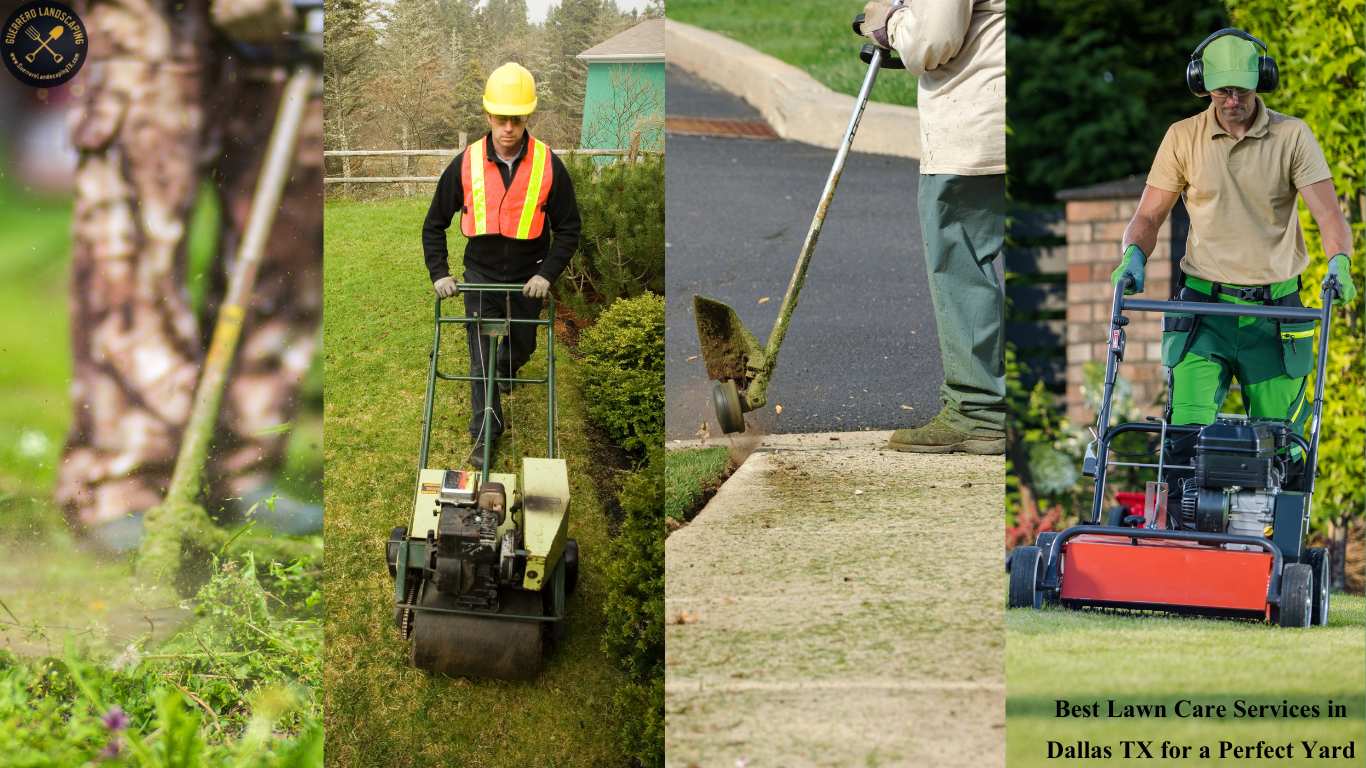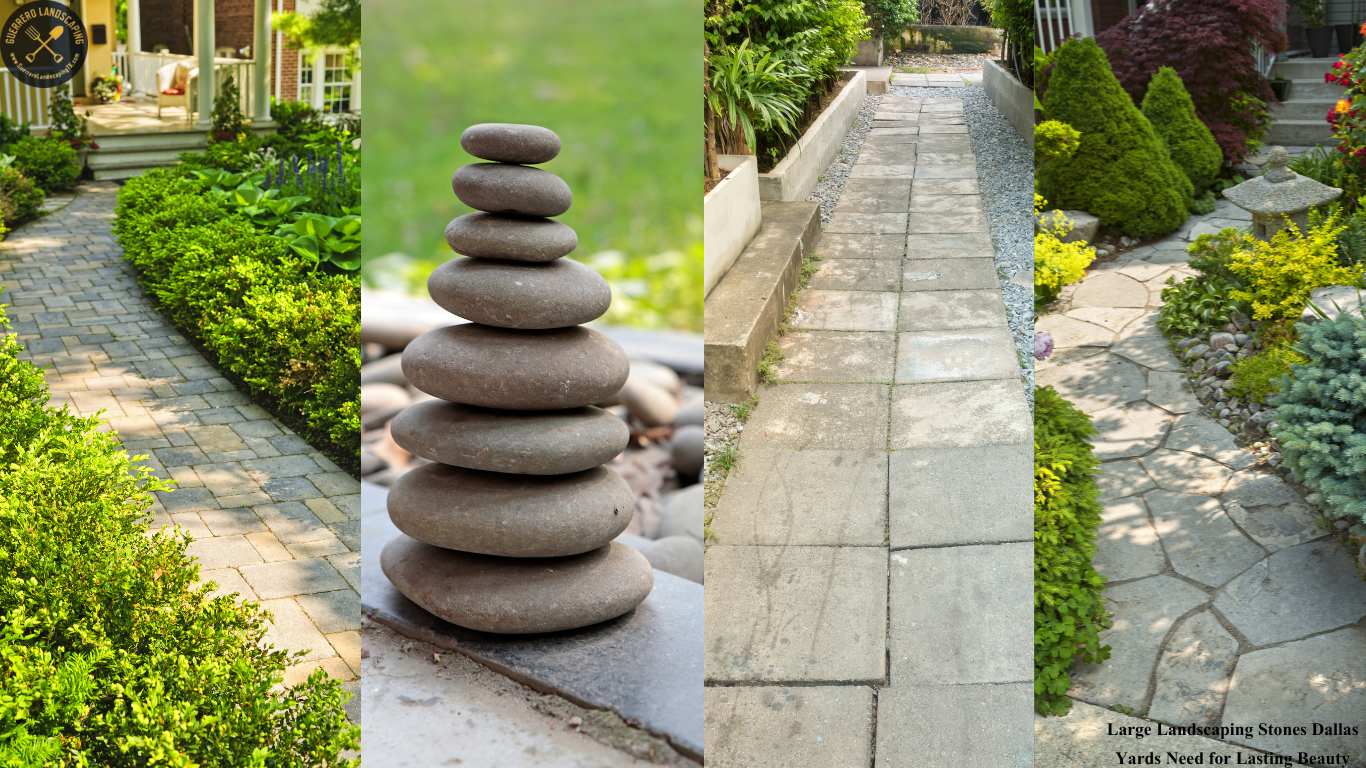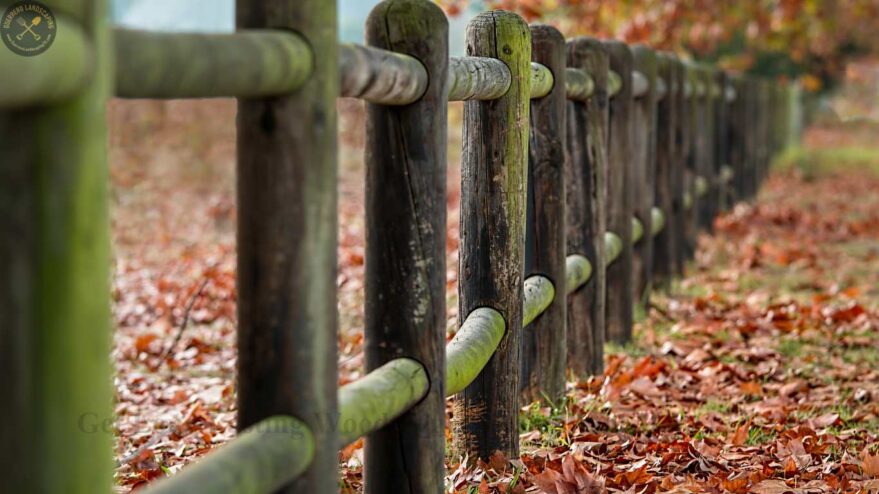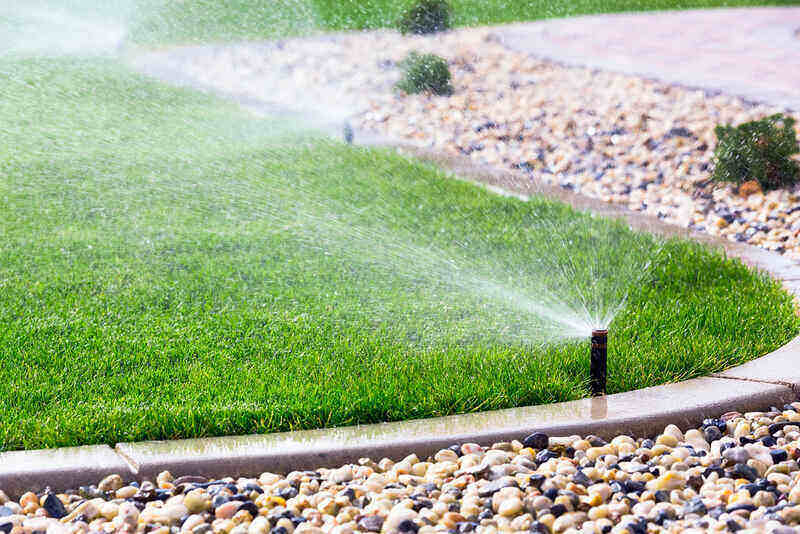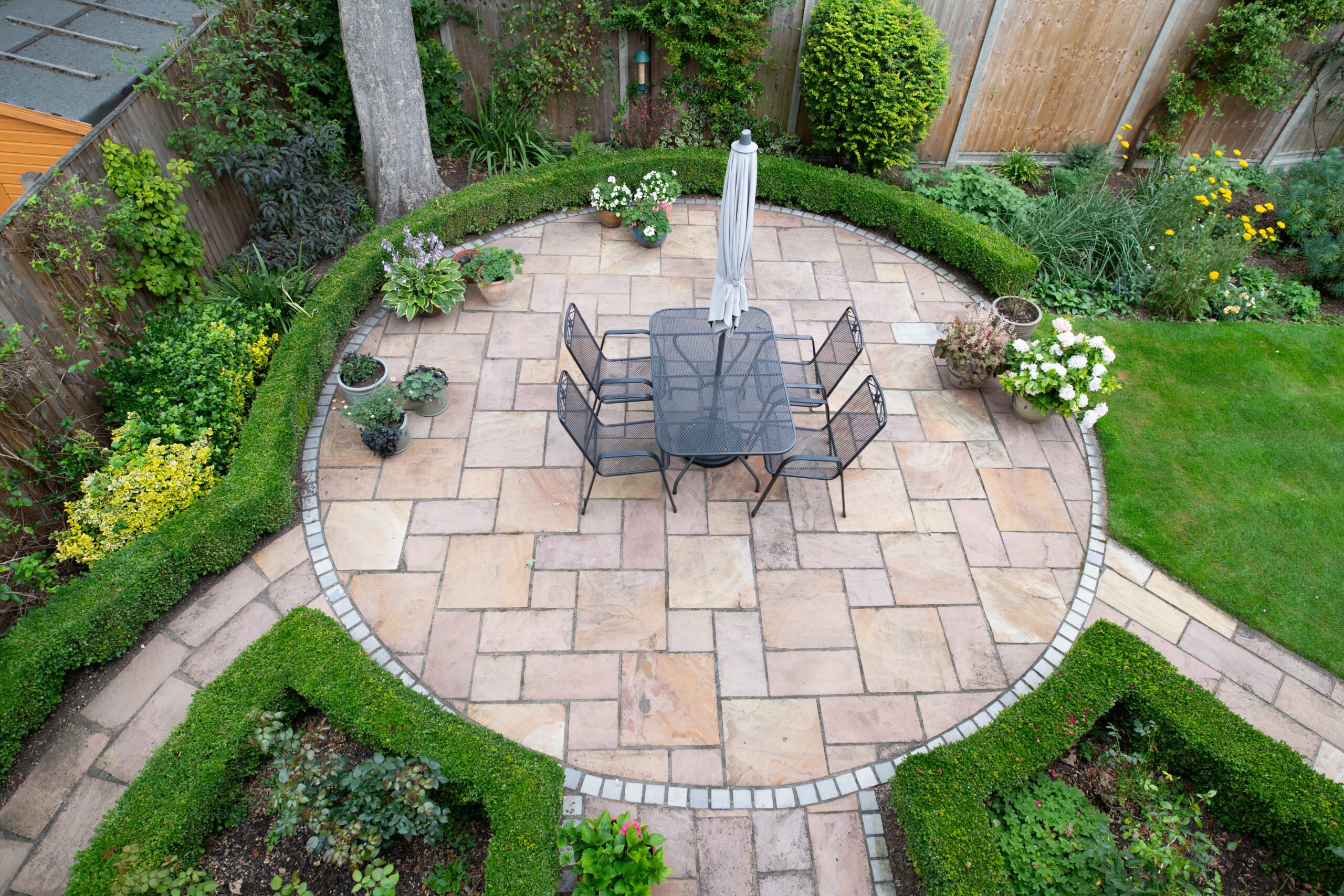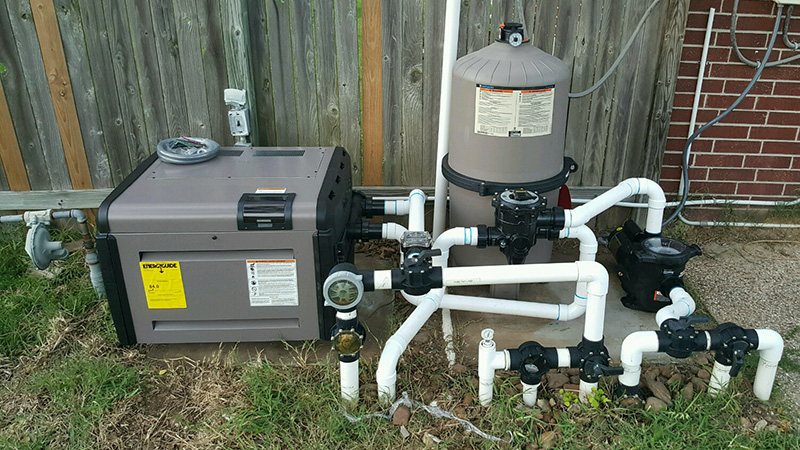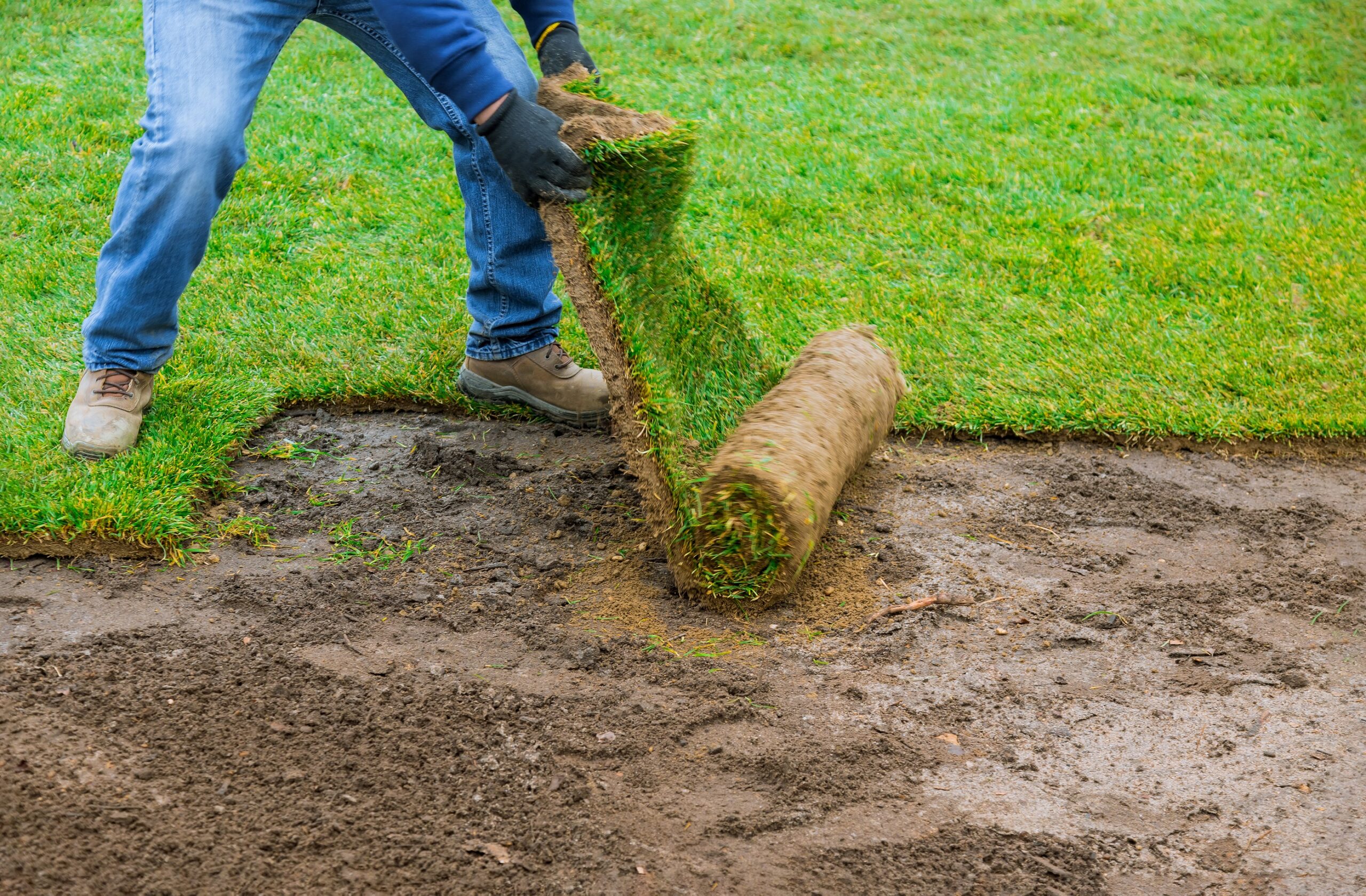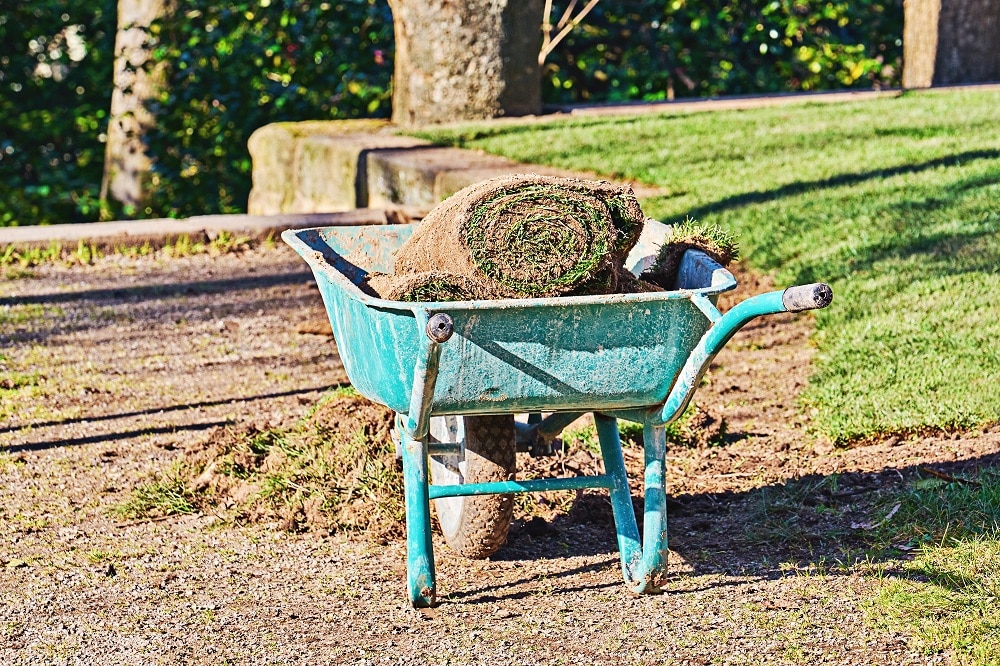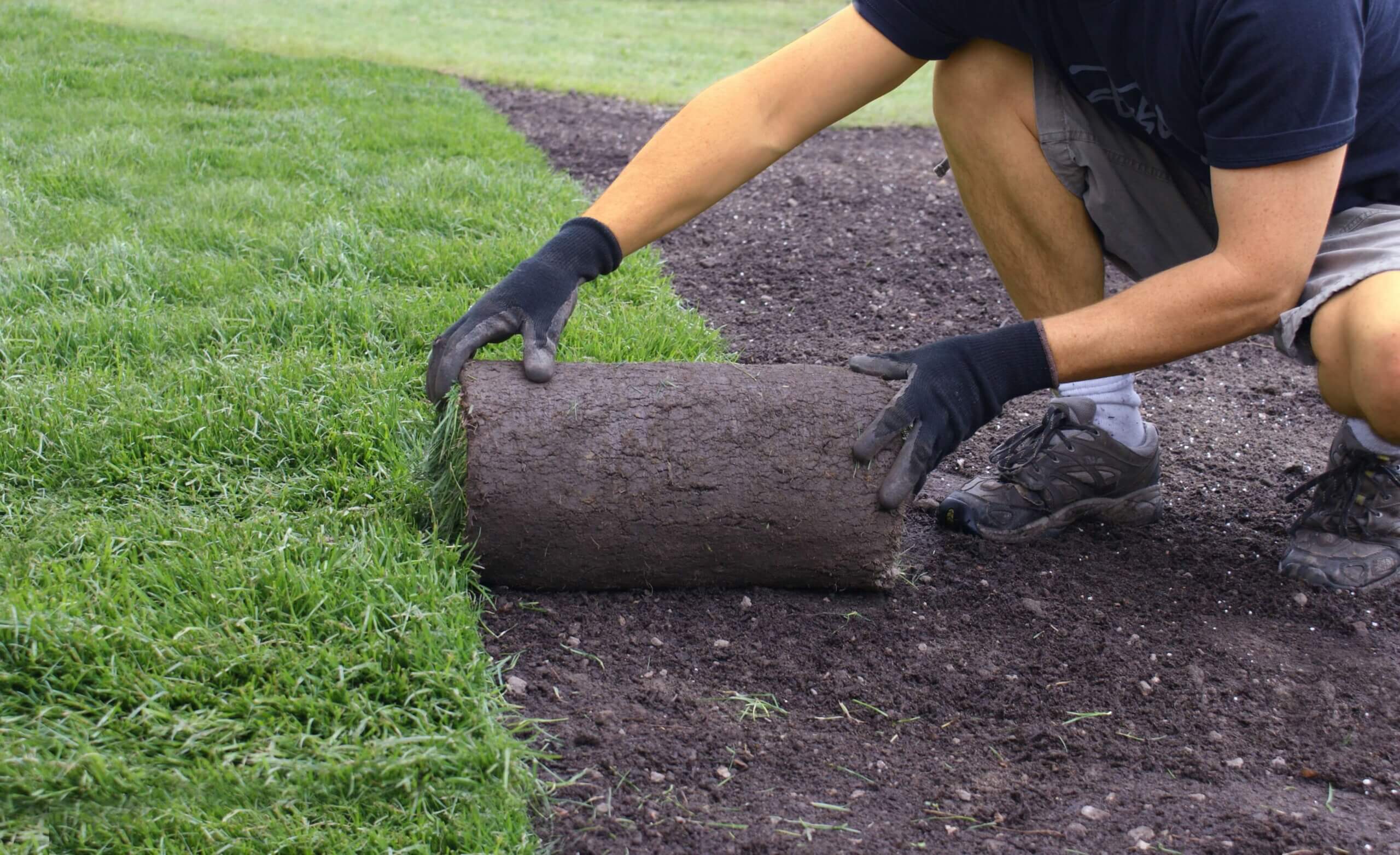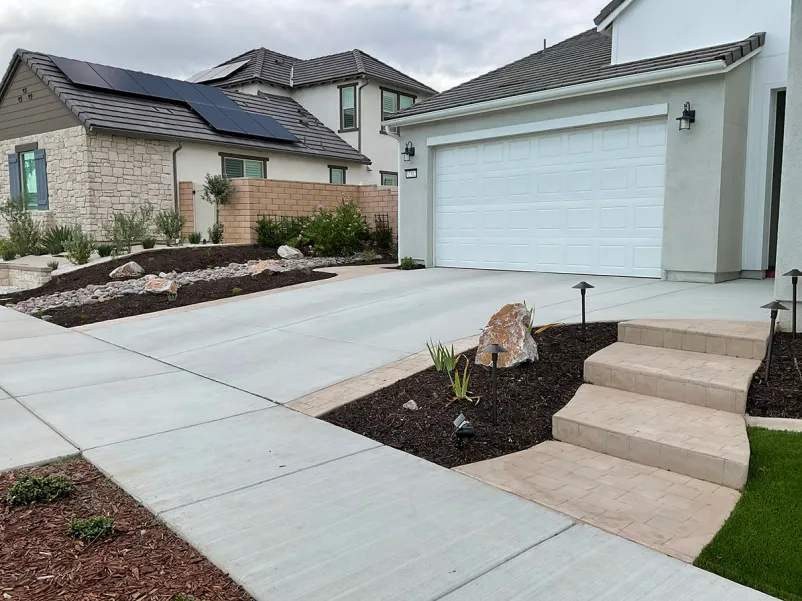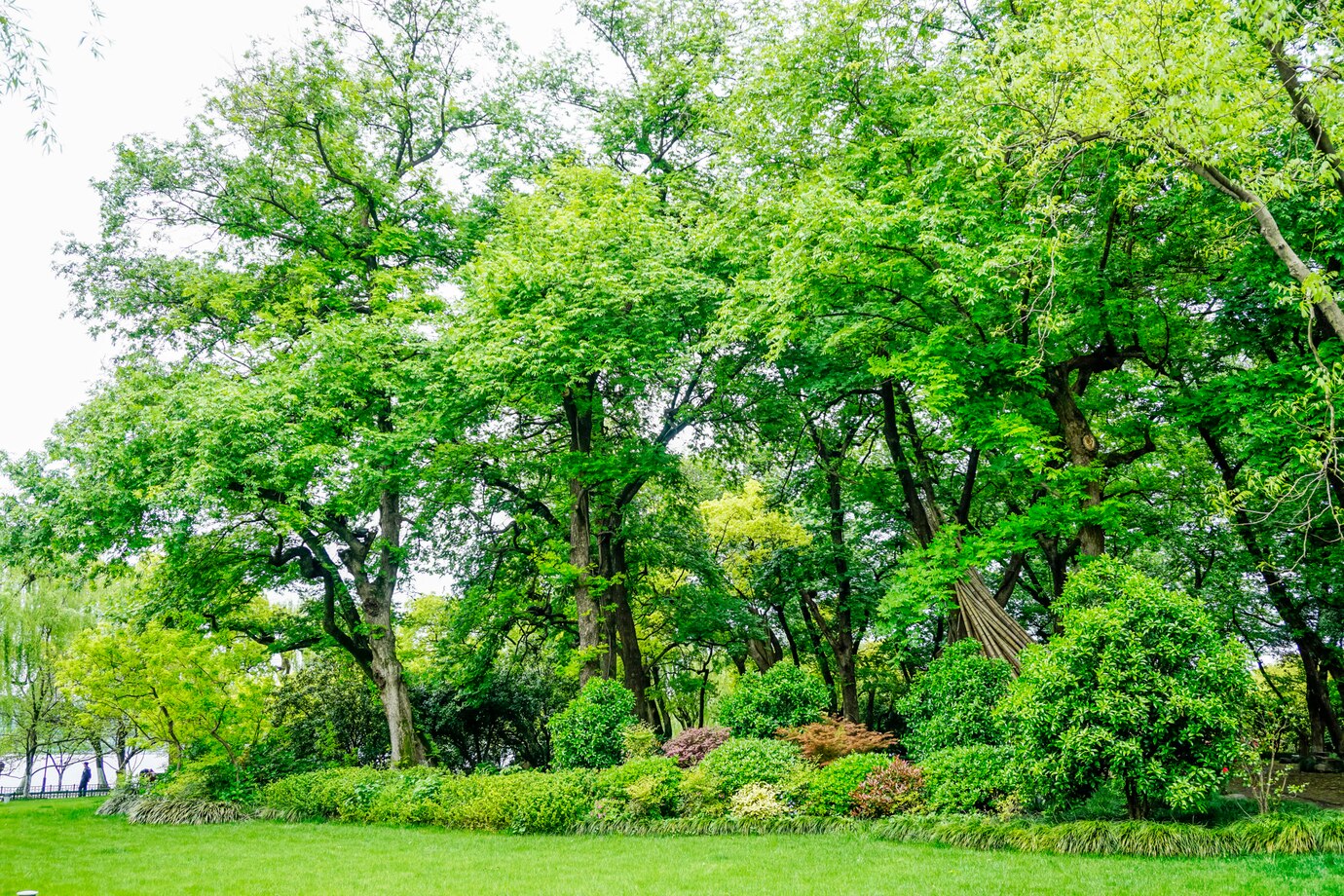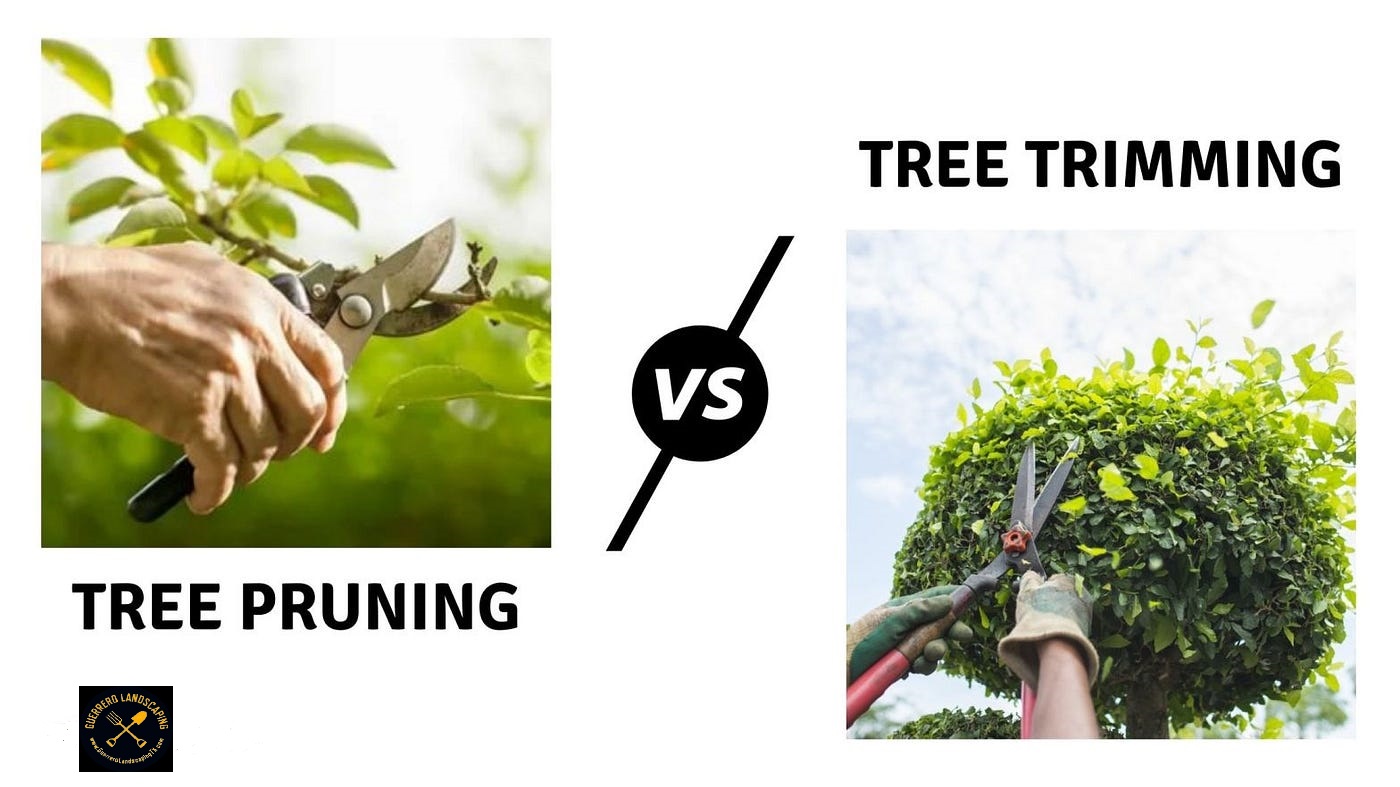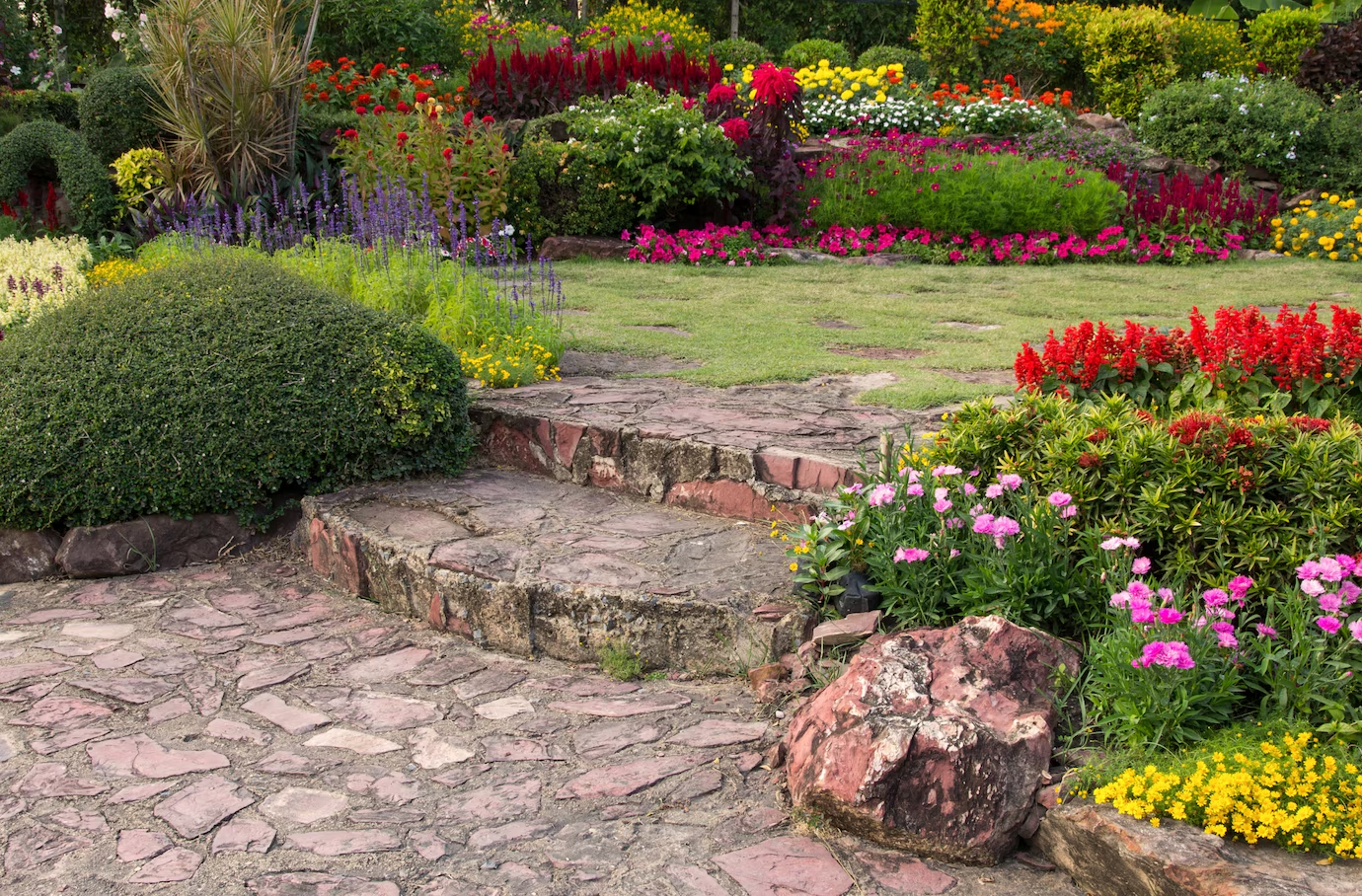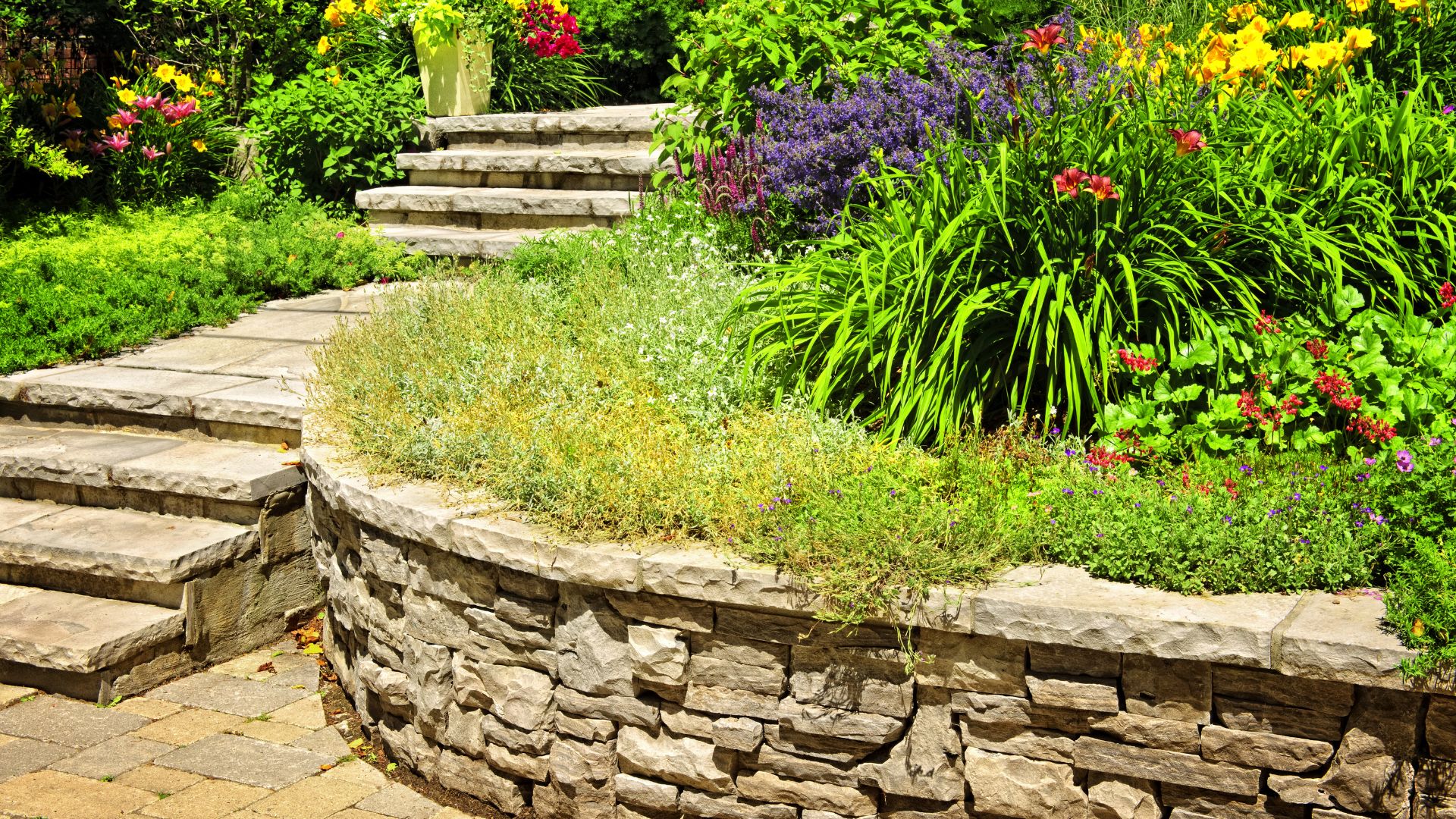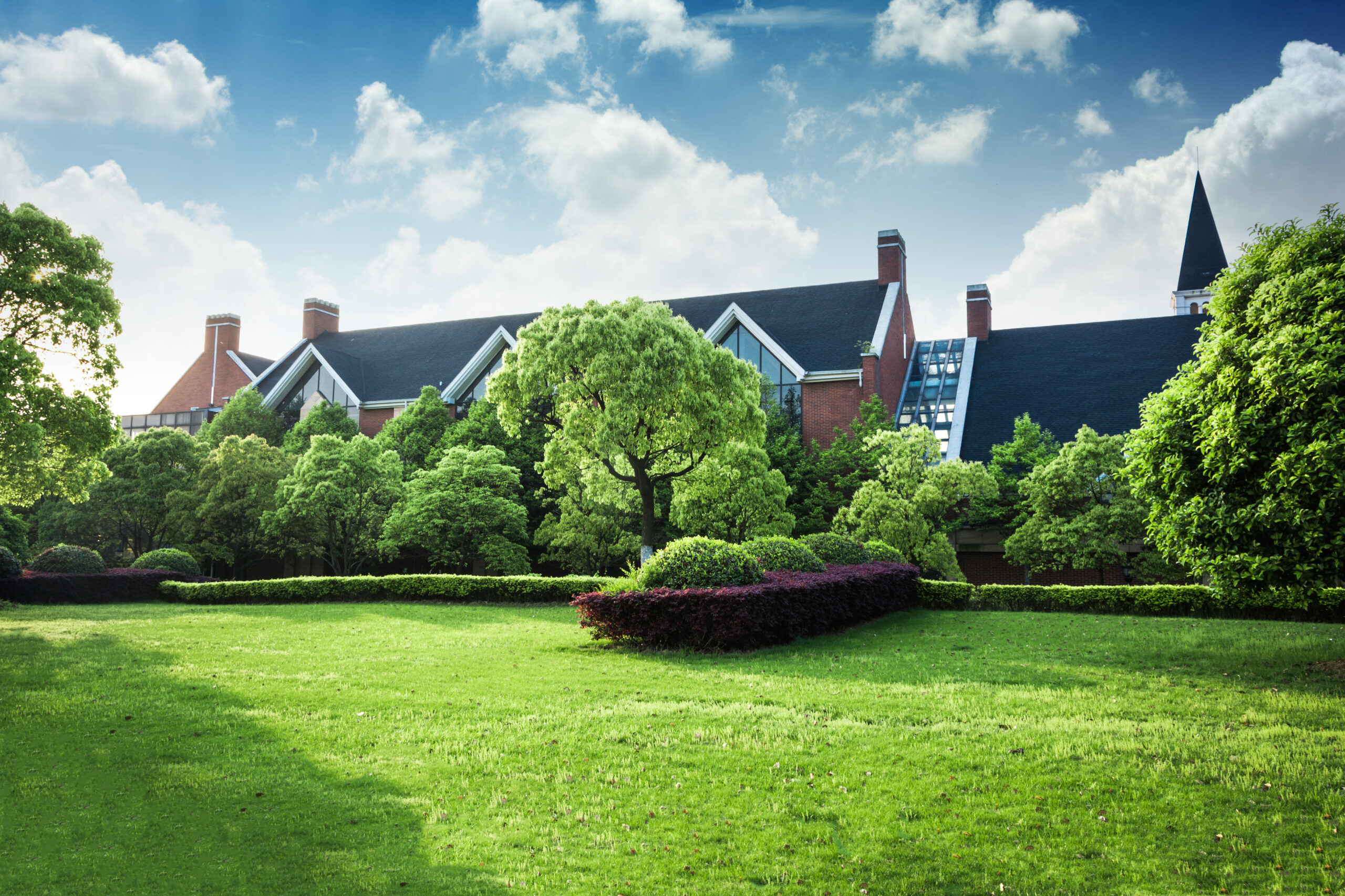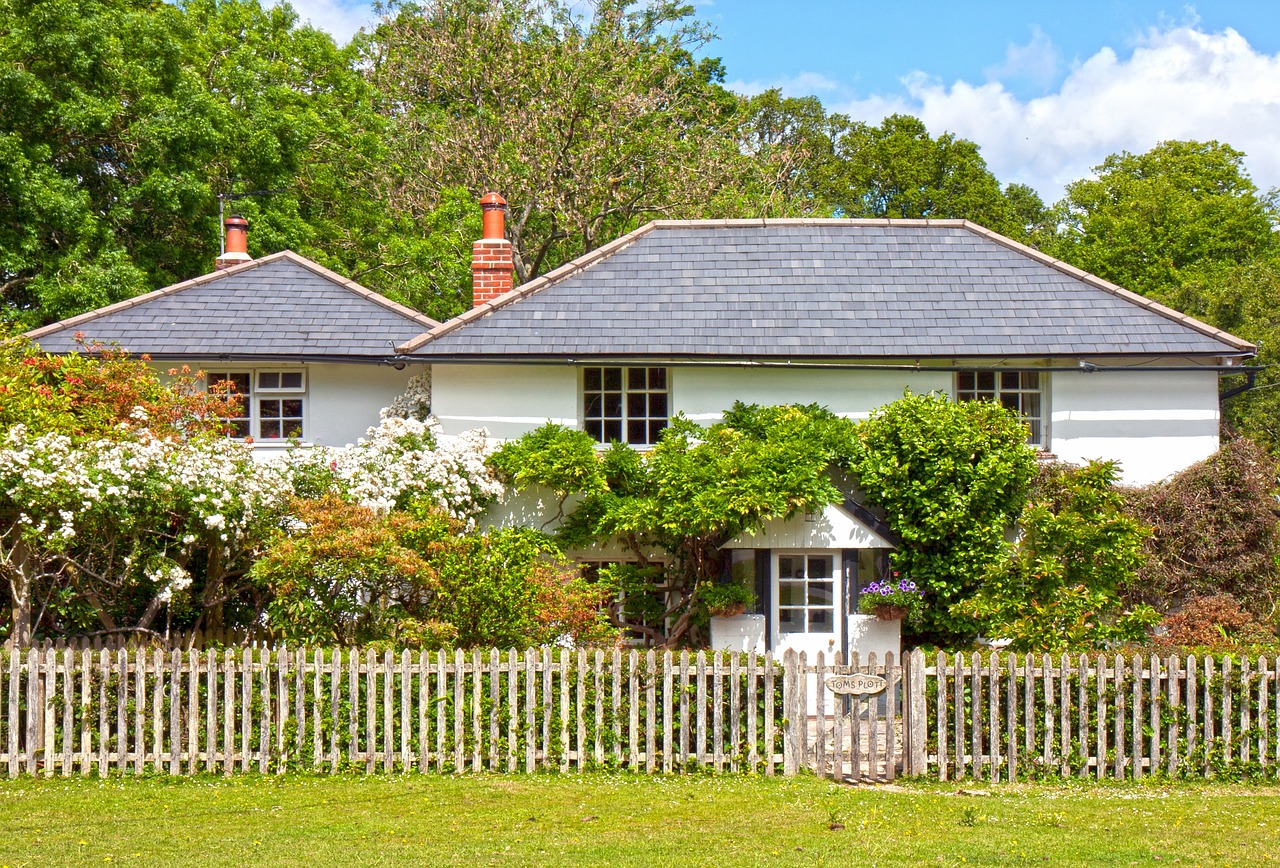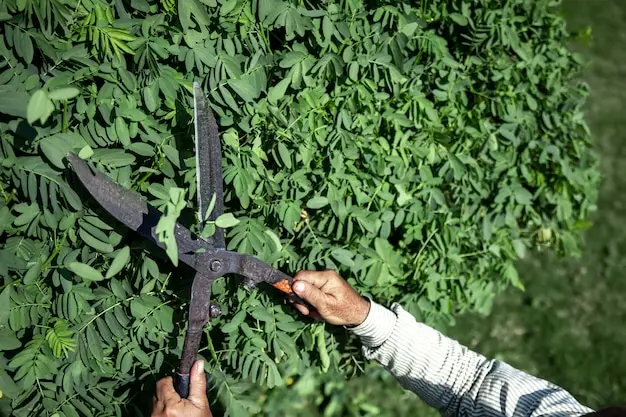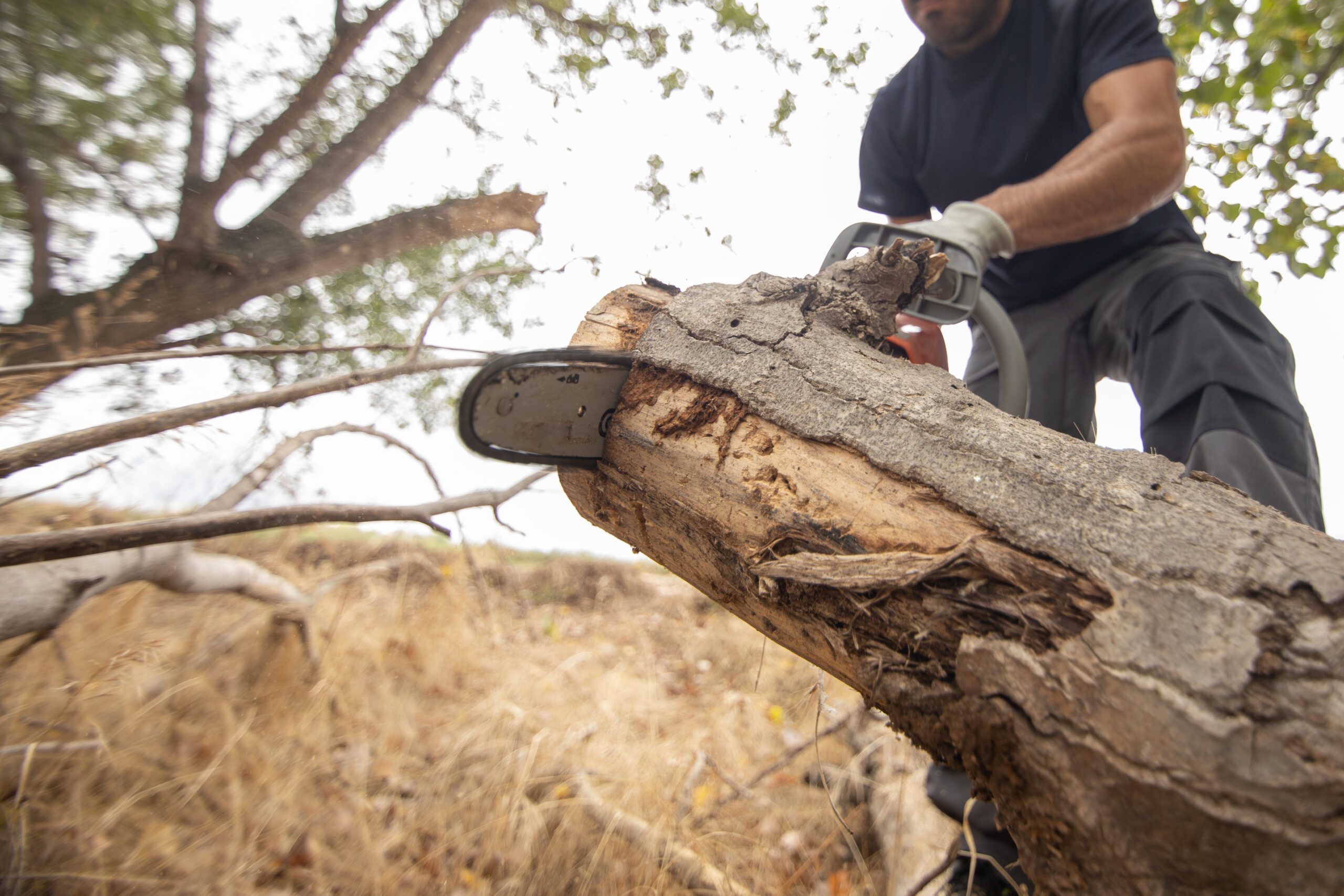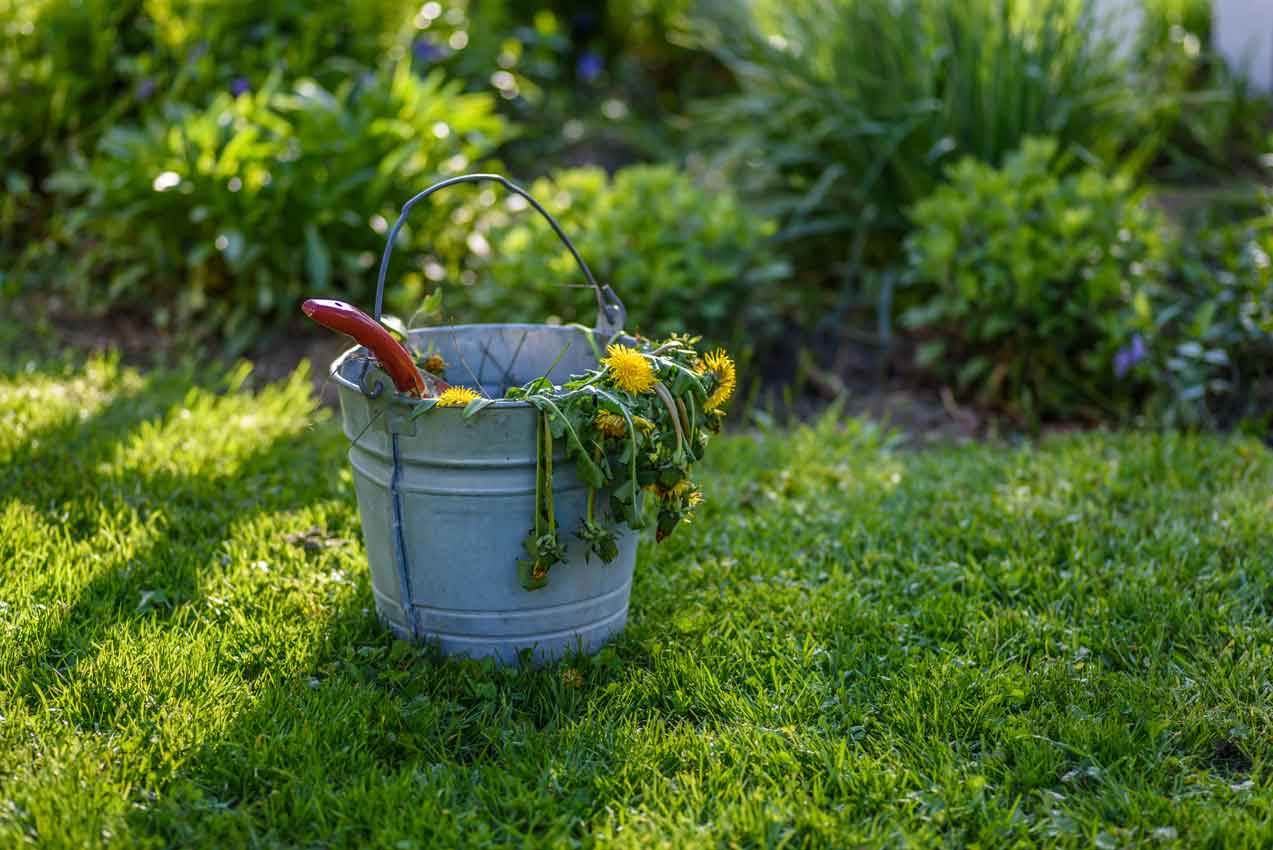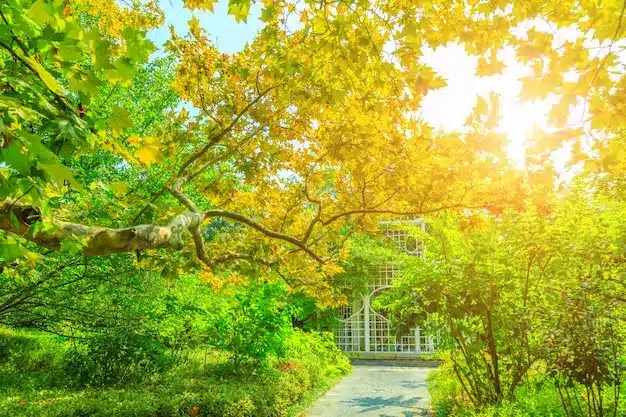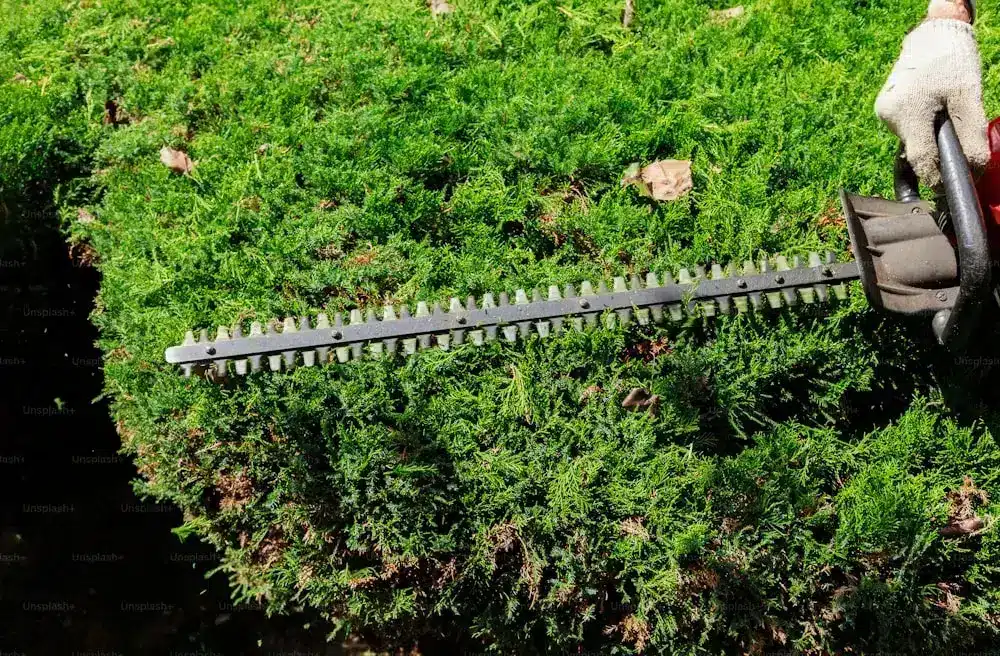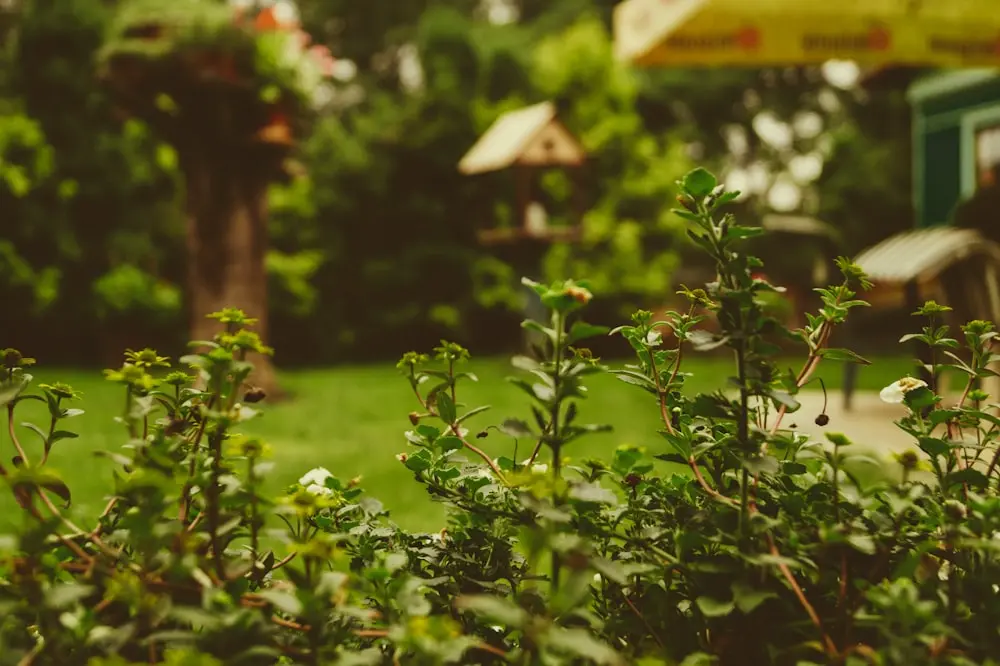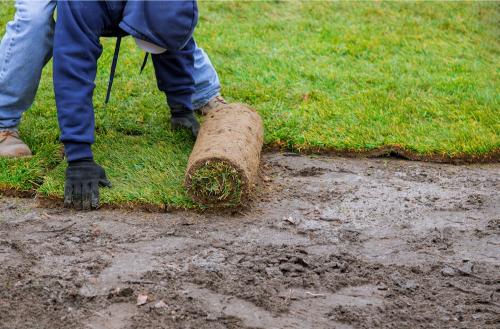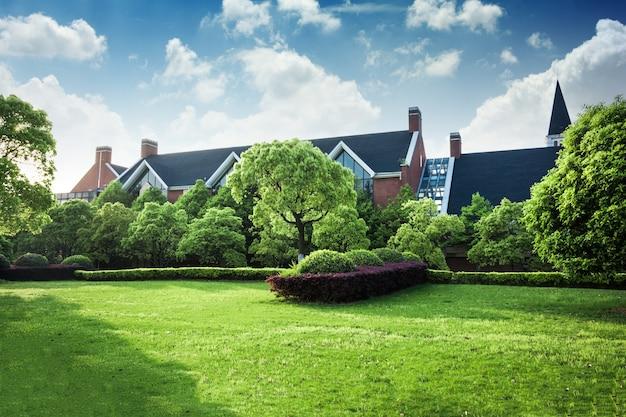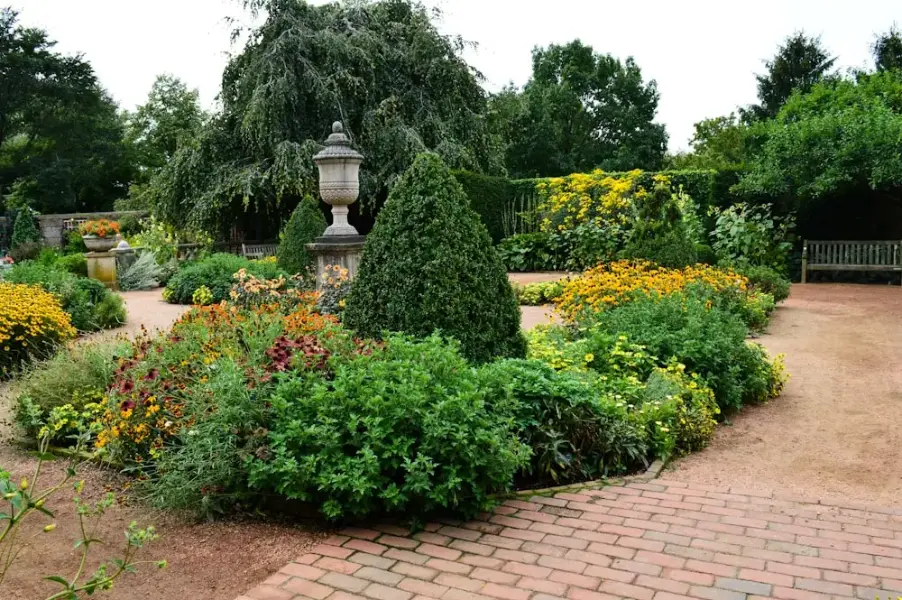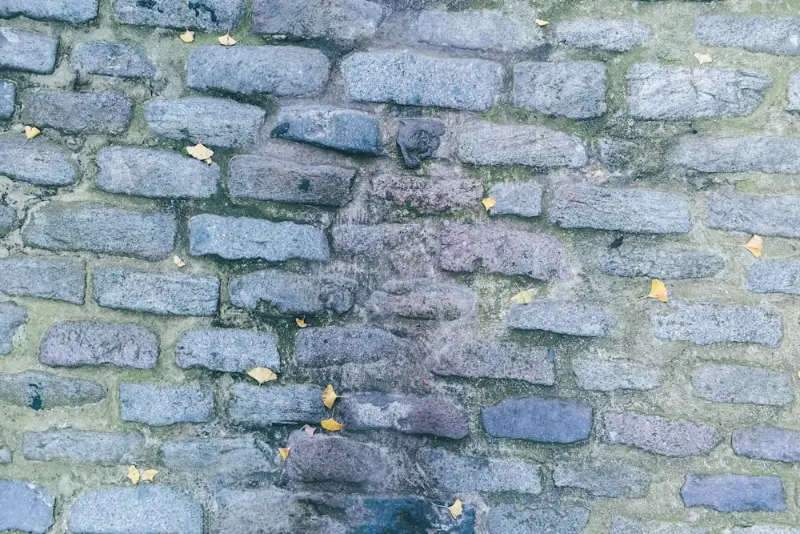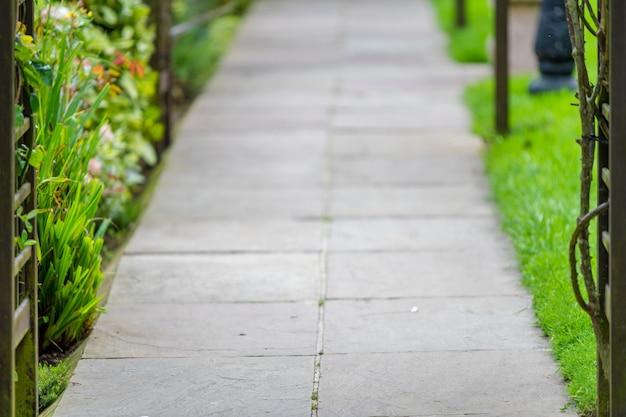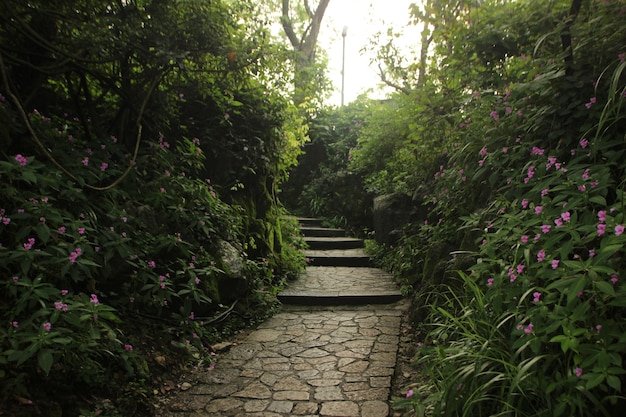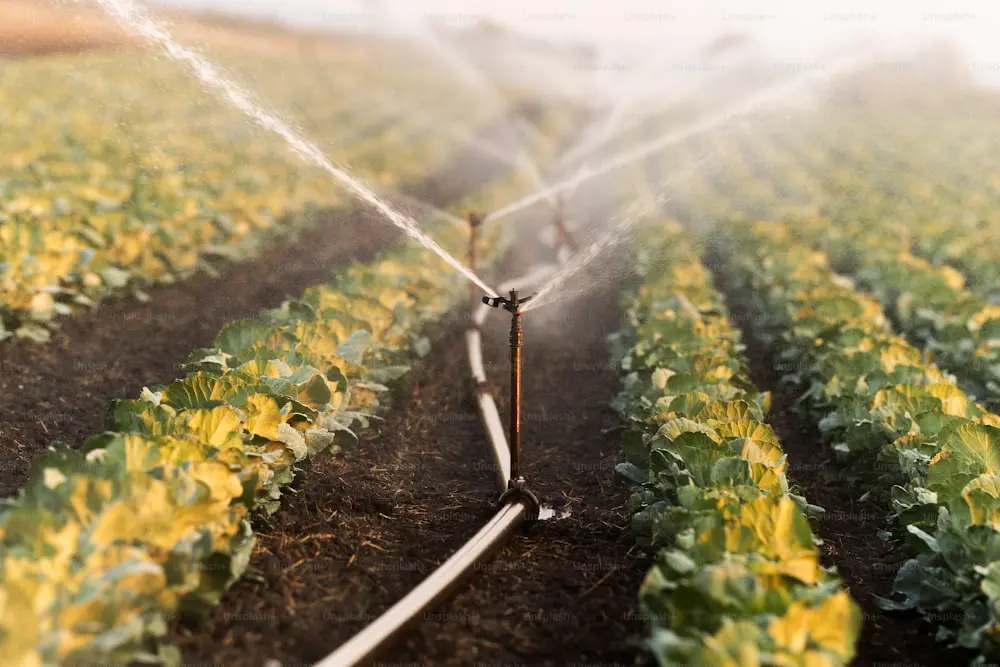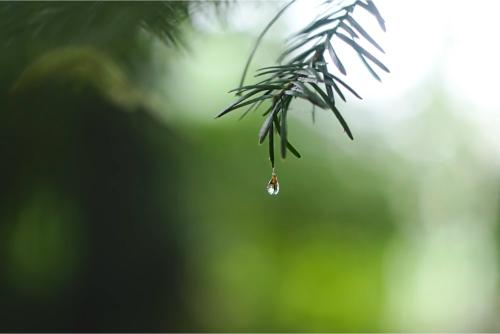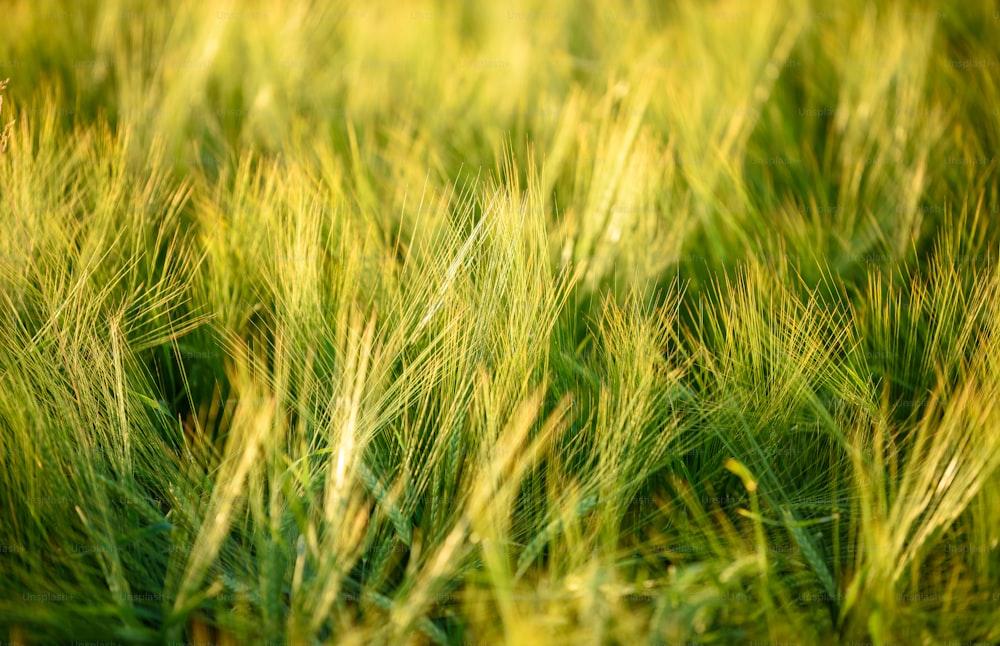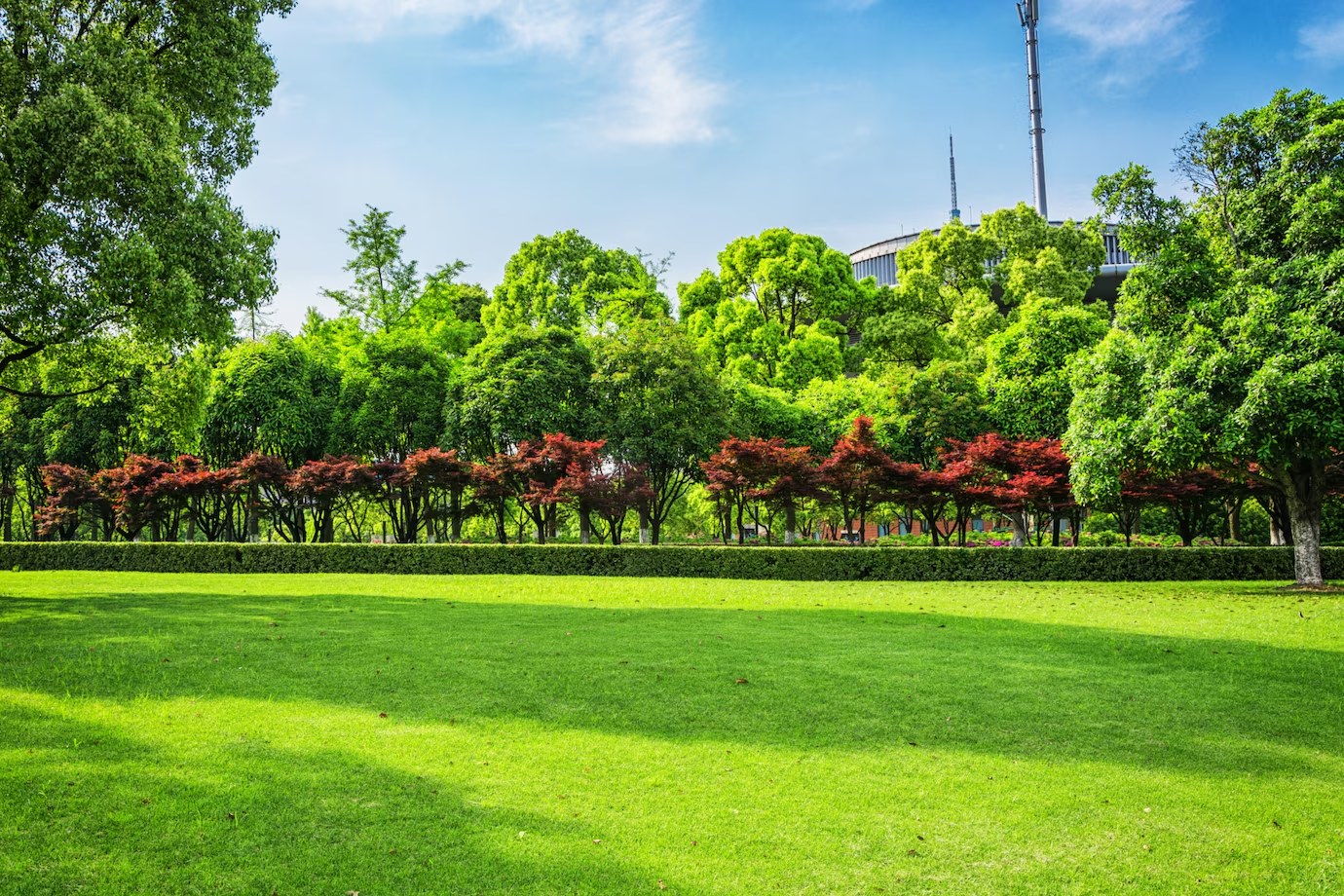
“Trees can grow by themselves, not much effort is needed to take care of them.” You may be right in your claim as trees like maple, pine, and bruce require very low maintenance.
However, like other organisms and plants, trees are vulnerable to diseases and pests too. And a proper care routine is necessary to promote healthy tree growth.
An appealing landscape is the result of the combined maintenance of plants, trees, and the concrete surfaces of your territory. Unattended trees become pale and succumb to pest diseases.
If you want to enjoy the company of vibrant and lush trees while enjoying summer heat in your garden, here are the best 7 tips to keep your trees healthy and strong.

Why is Tree Maintenance Important?
Trees never die of old age. However, they can become pale, stagnant, or fall victim to many infectious and deficiency diseases. A well-maintained tree develops strong branches and becomes studier over time. Some other benefits of regular tree maintenance are:
- Preventive healthcare
- Improved tree structure
- Enhanced aesthetics
- More fruit production
- Increased longevity
- Adds property value
How to See if a Tree is Healthy?
Like human beings, trees also need nutrients and food to grow healthy and strong. The nutrients are obtained in the form of water, carbon dioxide, sunlight, and soil. Like us, they experience illness and death too.
How would you know if your tree is in healthy condition or not? Well, here are a few signs a tree shows you if it’s enjoying good health or begging for some health:
- Strong branches and vibrant leaves.
- No dead or broken branches.
- Absence of loose or peeling bark.
- Growth each year.
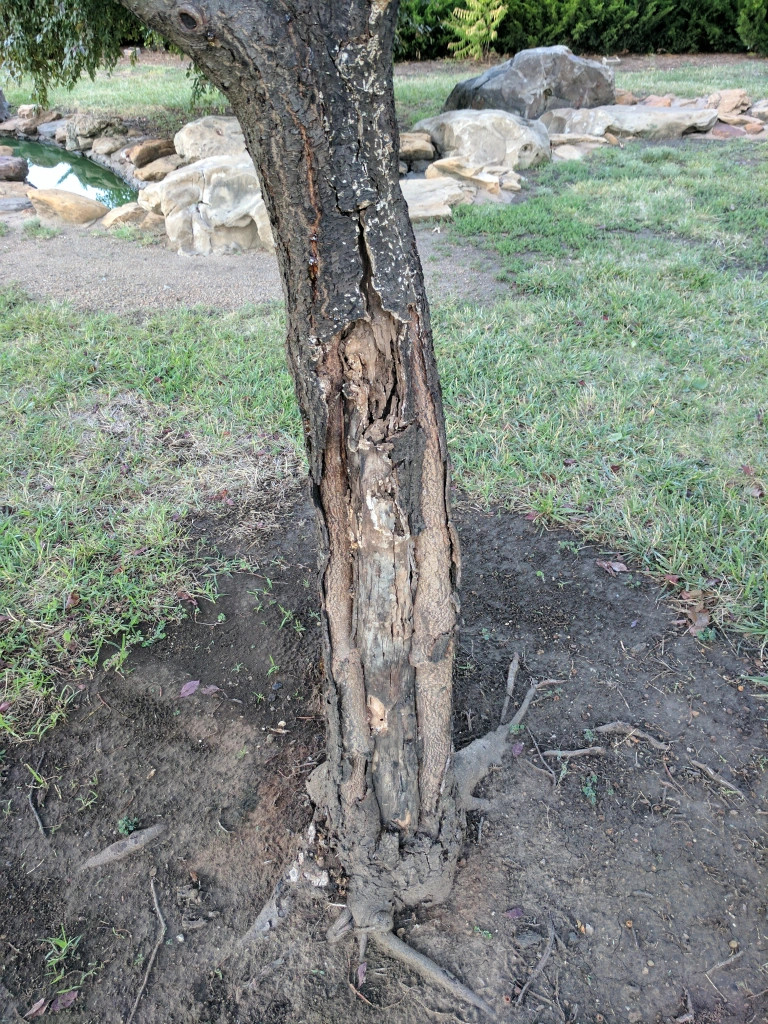
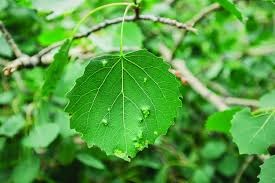
Signs of Diseases and Insects in Trees
Here are some warning signs you should never see:
- Abnormal leaf shape, size, and color.
- Cracks, cavities, and holes in the trunk.
- Bare patches.
- Bleeding sap
- Wilting
Tree Care Tips and Techniques
Trees are a serene and peaceful part of your background and are often left with no care. Below are some tree care tips to keep your trees in good shape and health.
Plant the Right Tree
Tree care starts with the type of trees you are going to plant in the yard. Consider the following before choosing the right tree:
Tree’s Purpose: Are you going to plant the tree for aesthetic appeal, shade, privacy, or a windbreak? Live oak, Cedar elm, Pecan, and Mexican plum are suitable for a big shade. For aesthetic appeal, Magnolia, desert willow, Shumard oak, and Black cherry are the best.
In the end, your final decision decides the tree most suitable for your landscape.
Planting Site Limitations: What is the soil condition and sun exposure? What is the maximum height for a tree in your space? Your hardiness zone also decides the type of tree and shrub you will plant in the garden.
If you do not have optimal conditions for selected trees, a lot of effort will be needed for their maintenance and yet, the results may not be desirable.
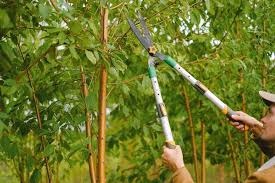
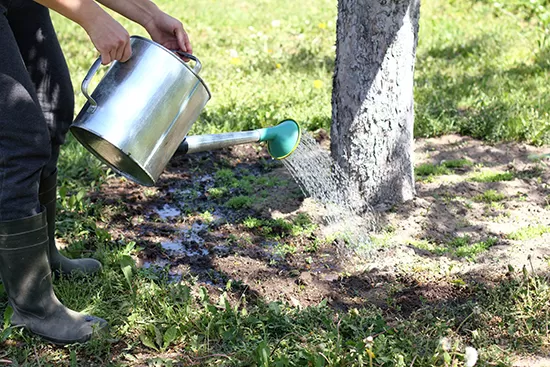
Water Properly
More than 50% of a tree is water. A tall, 100-foot tree has almost 200,000 leaves and requires 11,000 gallons of water from the soil to release it into the air again.
Young trees require more water as their branches and trunks are not fully developed yet. Mature trees can be watered at several times of the year or frequently during hot and dry weather.
Sunset and early mornings are the best time to water trees as it helps replace any lost moisture and minimize evaporation from the leaf surface.
Mulching Around Your Trees
Mulch is a material (can be organic or inorganic) spread around the plants to prevent weeds, improve water infiltration, and reduce soil erosion. Mulching around your trees not only gives them a beautiful look but also conserves soil moisture. It also preserves plant roots from icy and dry weather conditions.
Mulch can be a few inches to a maximum of four inches tall. You can mulch trees once a year. However, avoid heavy mulching as it can build up a suitable hiding place for pests.
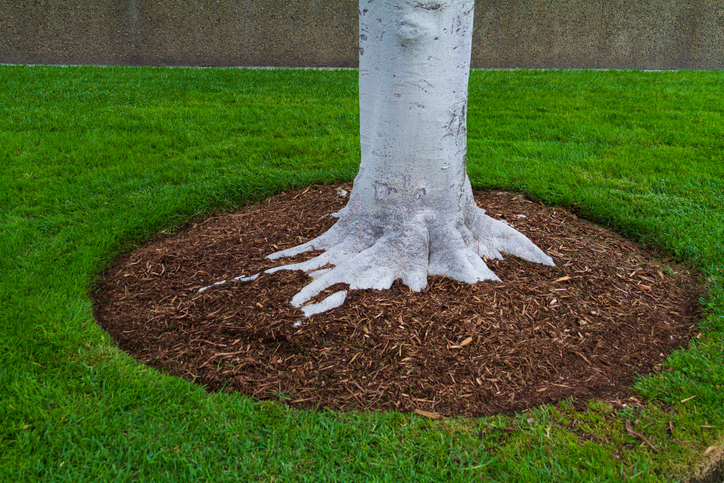

Prune Your Trees
Pruning removes diseased, dead, or overgrown branches and promotes healthy growth. Trimming is also important in municipal areas as low-hanging or broken branches can cause pedestrian and traffic problems.
Like watering, mature plants need more pruning than older trees. Prune healthy trees 2-3 times a year and increase the duration to 3-5 years as they mature.
If unsure about pruning or trimming, leave the tree to grow naturally as healthy branches do not need much pruning. Professionals like Guerrero Landscapes assess your foliage and help you determine whether it’s time to trim your trees or not.
Fertilize when Needed
Nitrogen, potassium, and phosphorus are primary nutrients for trees to flourish. Secondary macronutrients like magnesium, calcium, and sulfur are also needed for stem growth and interspecies defenses.
It’s important to decide the right dosage of fertilizers for the trees- iron-deficient trees turn yellow, a condition known as chlorosis, while over-fertilized trees experience abnormal growth without adequate root development to support the tree structure.
The rainy season and spring are suitable times to fertilize trees. Avoid fertilizing trees in summer as they are already experiencing drought and heat stress.
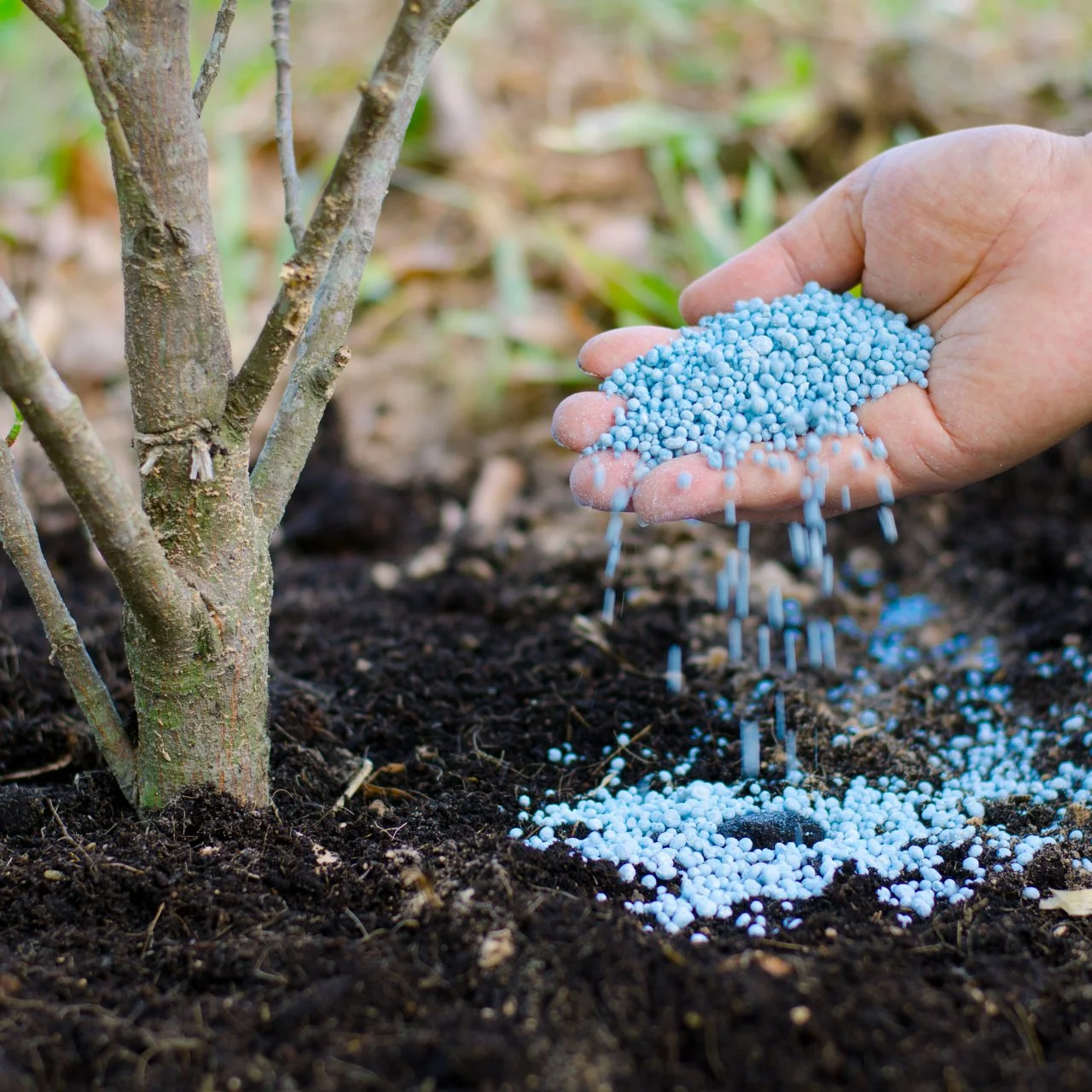

Preventing Pests and Diseases
Many trees are a natural habitat for insect species, but the kind and quantity of them decides whether they can harm your tree or not. Some common insect problems in trees are:
Leaf Rust: Rusty leaves are when a fungus, Puccinia sparganoides, interferes with the photosynthetic process of trees. The fungus leaves reddish-orange spots on the tree leaves which give off a rusty look.
Japanese beetles: Asian beetles look like ladybugs, but are not. You can tell a tree has a beetle attack if the tree leaves turn into skeletons with veins remaining intact. Adult beetles feed on soft leaf tissue which leaves behind a lace-like skeleton. Extensive damage turns the leaves brown and they fall eventually.
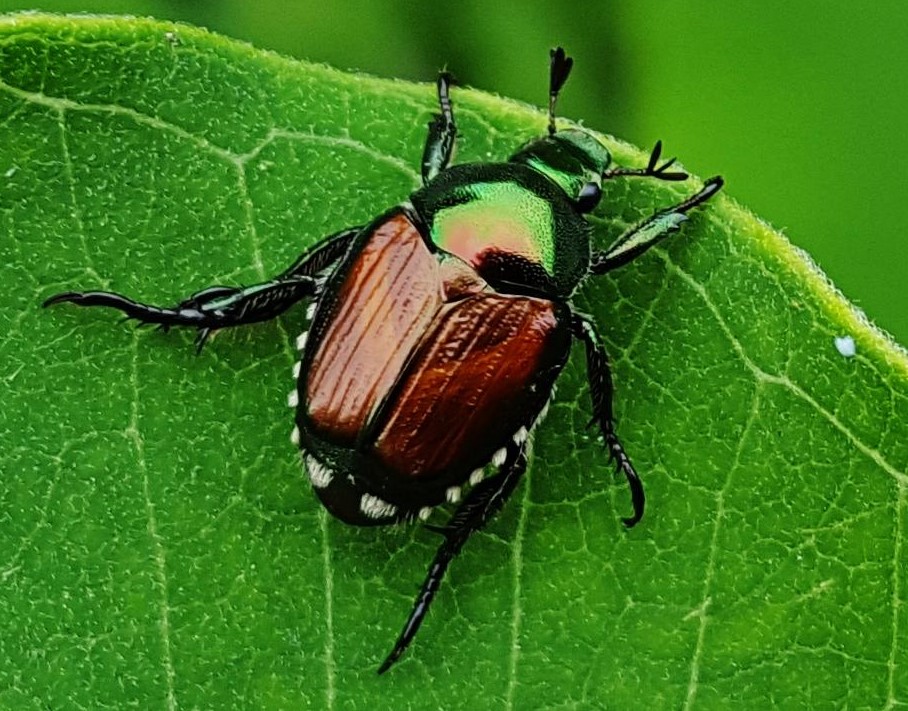
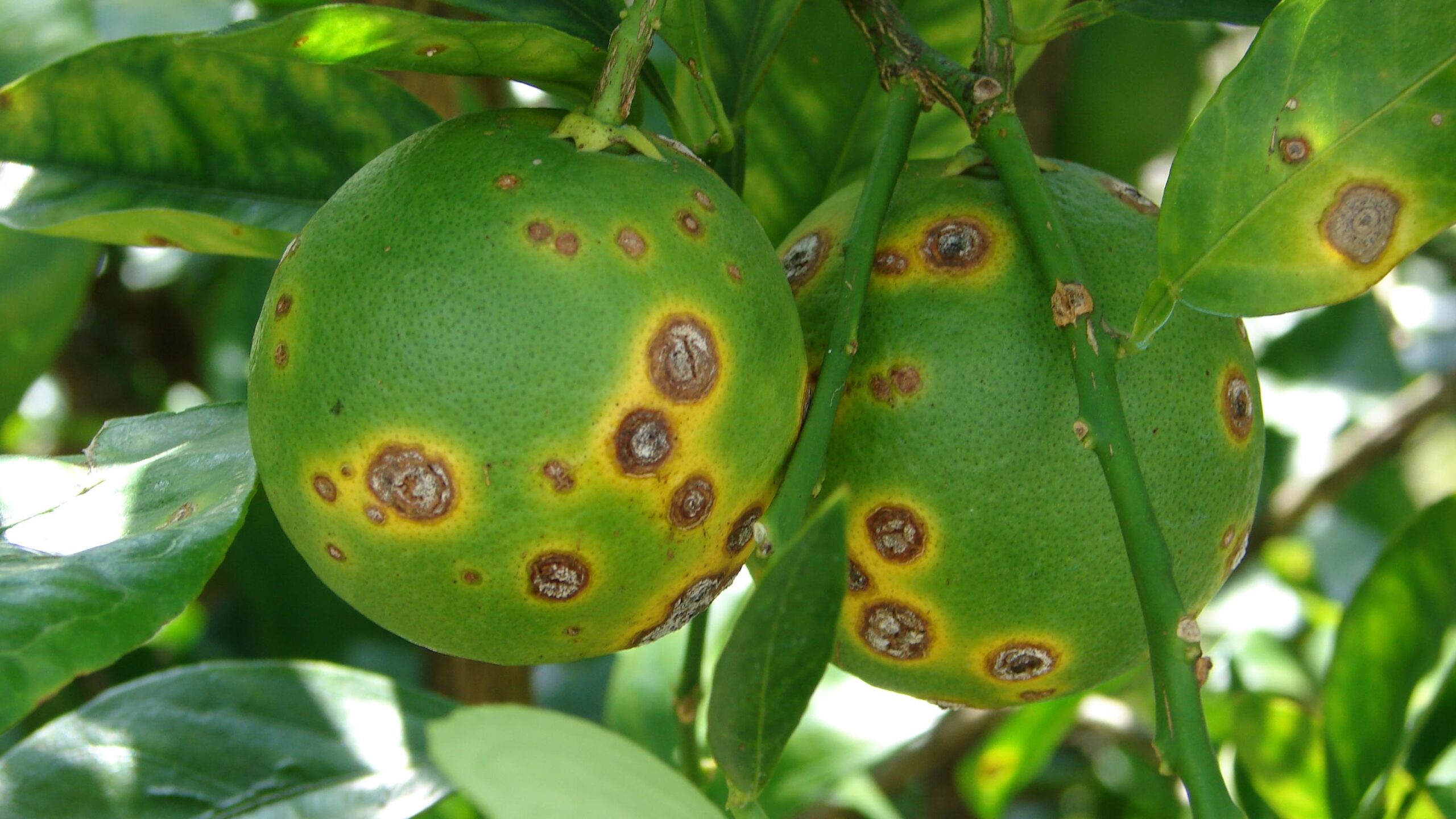
Canker: Cankers grow between bark and tree wood and kill the living portion of the tree. Most are caused by fungi, but can also occur due to bacteria. These are among the most destructive and hard-to-manage tree problems. Once the canker fungus girdles over a young tree, branches die and the beauty of the tree and the landscape is lost.
Bagworms: Bagworms affect the photosynthesizing ability of a tree and weaken overall health, which in turn makes them prone to pest attack. These feed on the large portions of evergreen shrubs where they putative and damage the shrubs.
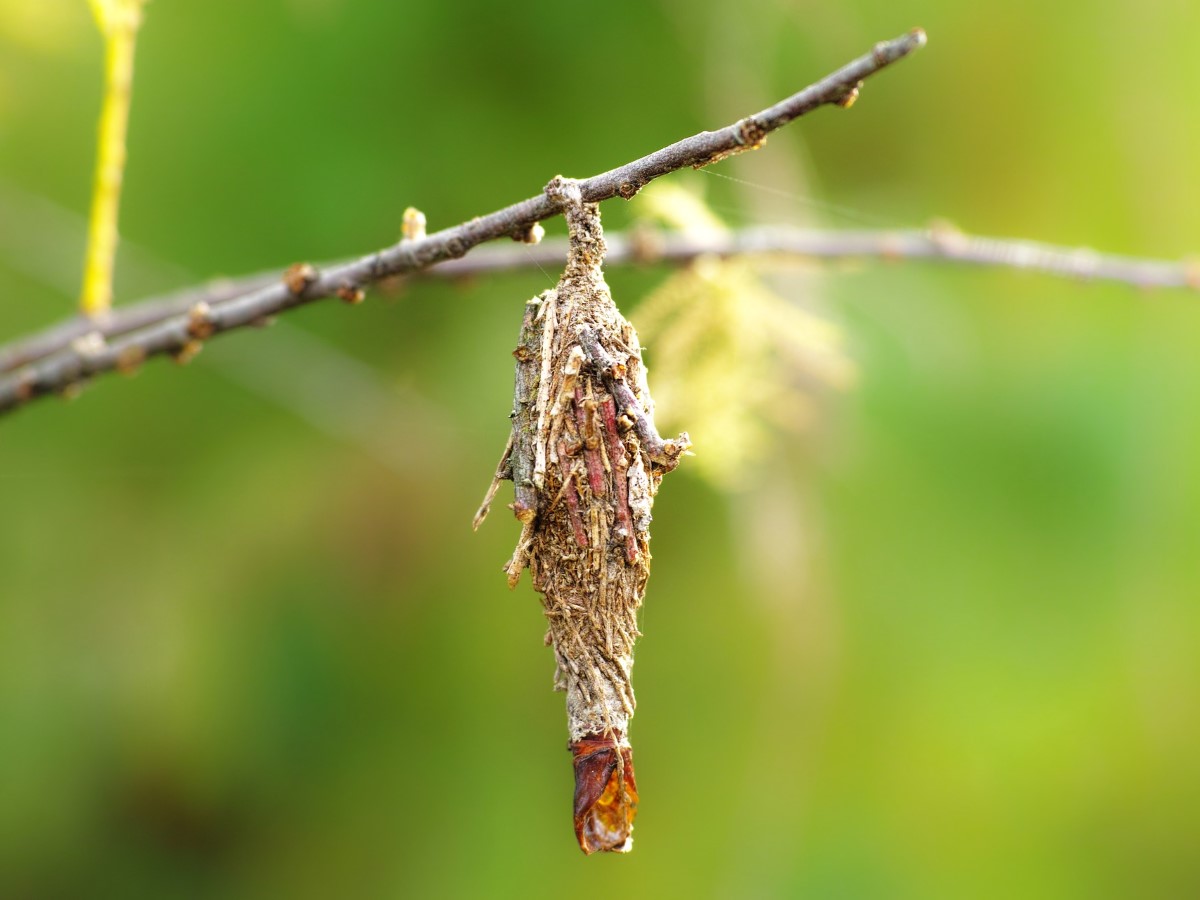
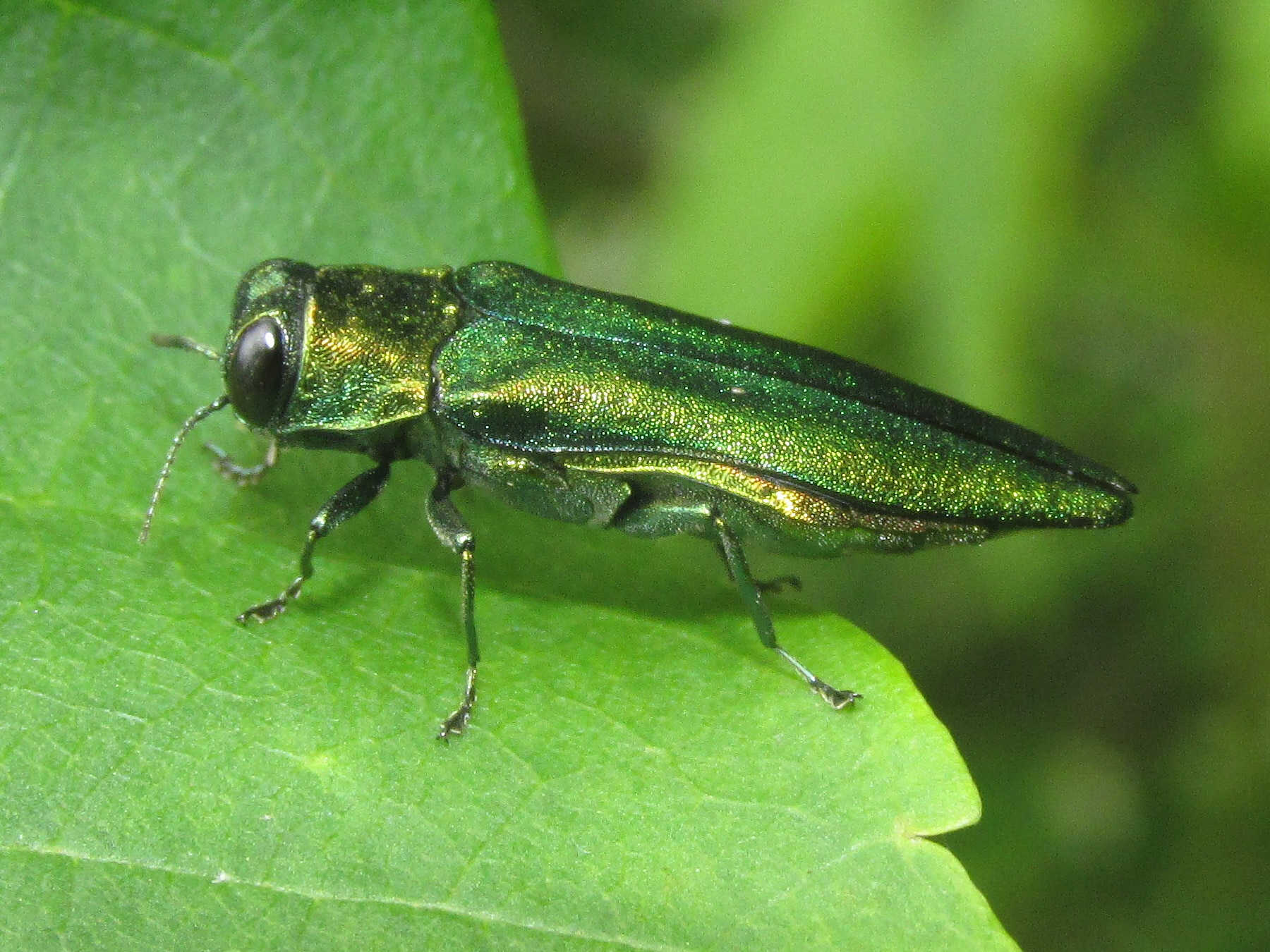
Emerald Ash Borers: These are the larvae (at the caterpillar stage) and not the adults. After hatching, larvae feed directly from the phloem tissue of trees, creating an S-shaped pattern. Larval feeding disrupts the natural flow of nutrients in the tree as well as destroys the tree bark.
The mess attracts woodpeckers and other animals to do further damage.
Weevils: These are also boring insects that leave hollow tunnels inside the xylem of trees. If the cambium (inner bark layer) is girdled, the tree dies at the damaged site. They mostly infect woody shrubs and trees like grapes, strawberries, and azaleas.
Some diseases and insects are easily identified while others are hard to eliminate. Since the problems can ruin your tree investment, always consult with professionals for timely diagnosis and treatment of plant diseases.
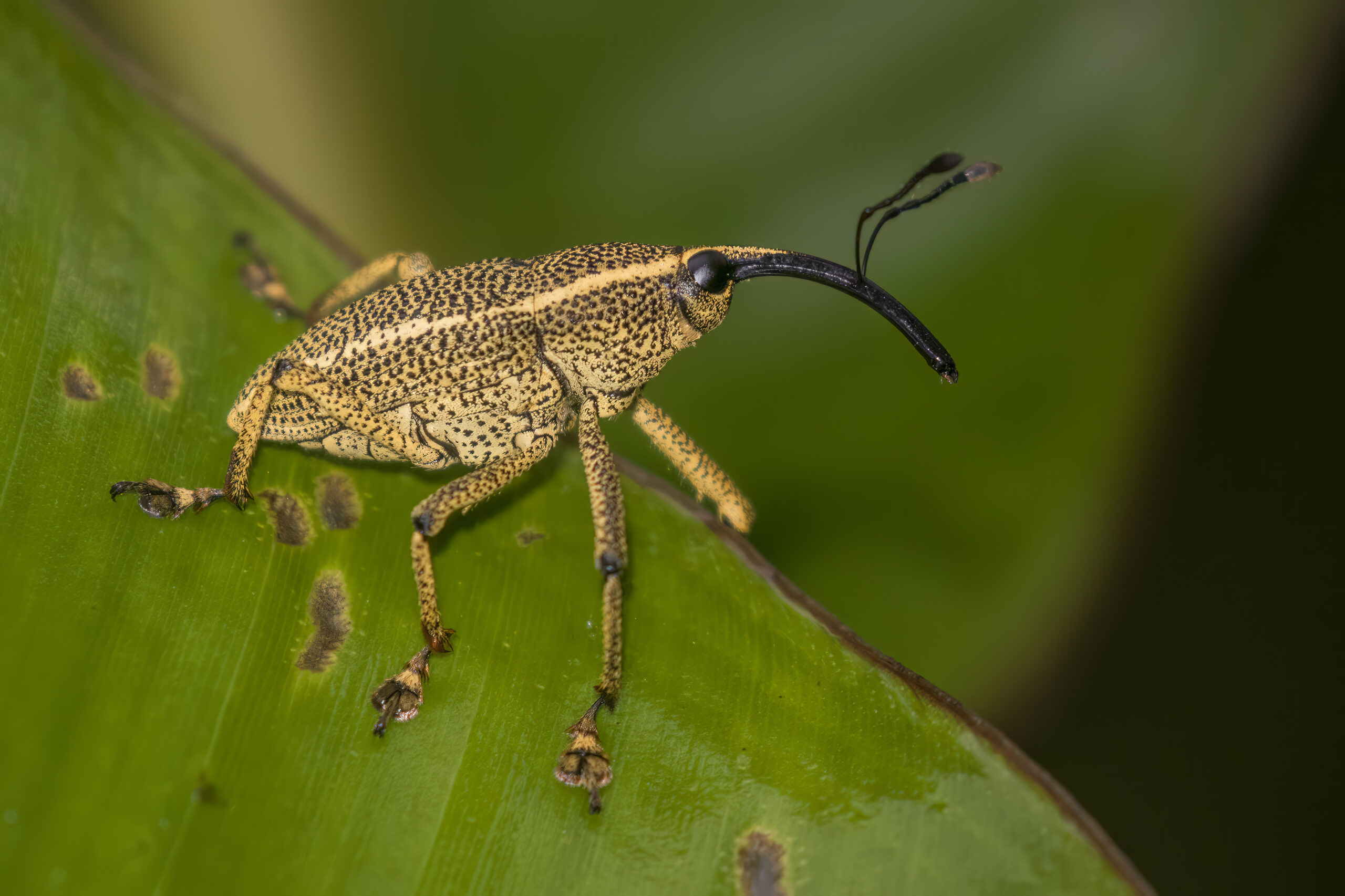
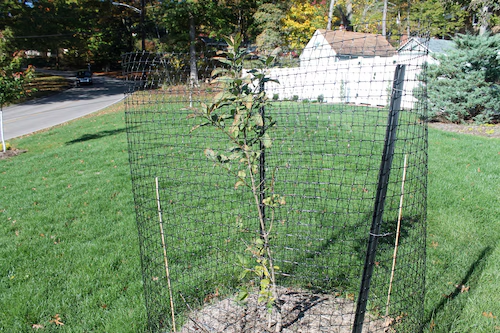
Protecting the Roots and Trunk
Depending on your location and the type of trees, you can further protect tree trunks and roots with more than mulch. A 4-inch fence is enough to protect young trees while their roots develop fully.
Fencing also protects trees from weed eaters, lawnmowers, vehicles, bicycles, and other damaging objects. In municipal areas, fencing helps prevent excessive traffic over the developing root system.
Let Guerrero Landscape Help Keep Your Trees Healthy and Strong
Our experts understand how important are your trees to you. We have designed our services to protect your trees from diseases, insects, animals, and pedestrians, so you can have healthy trees year-round. No matter what issue you are facing, Guerrero Landscapers are here to help.
Remember, the best tree care starts with early prevention. If you have any questions, feel free to reach out here. We are always serving in Plano, Frisco, North Dallas, and Garland. Our Arborists have a proper plan to help you out.



